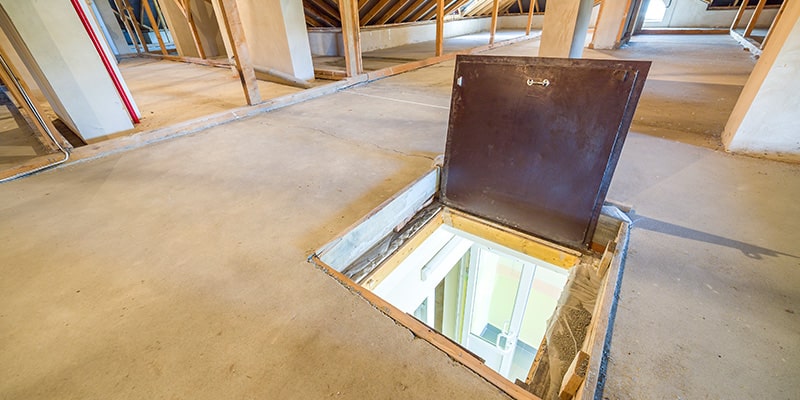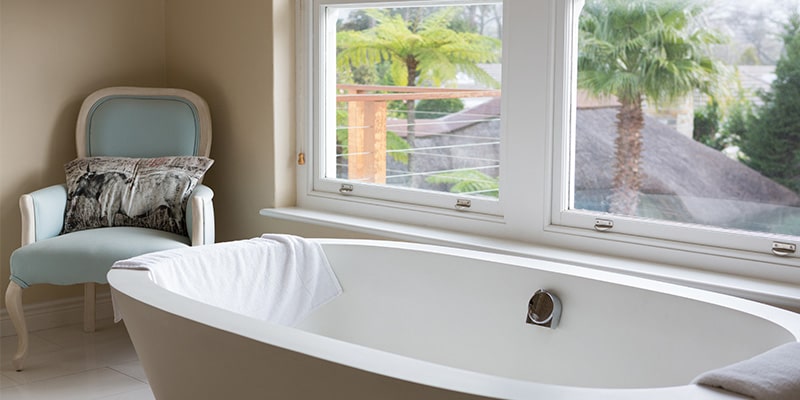Top 5 Sustainable Uses for Leftover Insulation
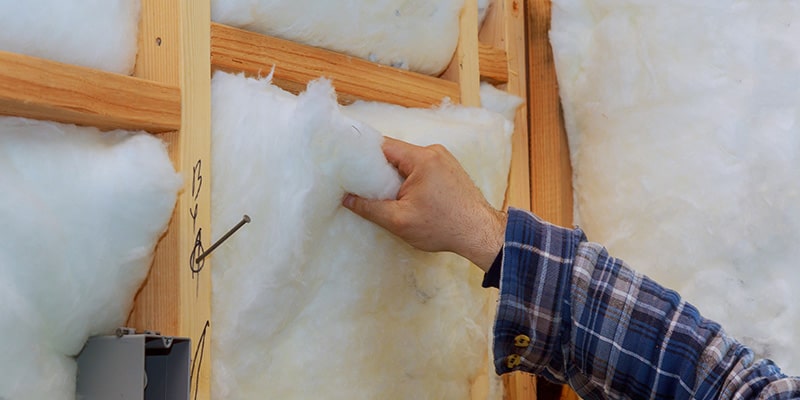
Whilst not every insulation is suitable for use around the home, sheep’s wool can be used in a wide variety of applications. These include insulation your water heater, pipes and even baths.
________________________________________________
Insulation is a tricky subject – it’s an essential part of keeping our homes heated has garnered a somewhat negative reputation due to some health concerns, poor decomposition rates, and general difficulty when it comes to storing leftovers.
However, there have been steps taken in recent years to improve our relationship with insulation. One of the biggest being the use of more natural materials – primarily, sheep’s wool.
Despite the much more environmentally friendly aspects of this wool, it can still be tricky to decide what to do with any leftover pieces once you’ve finished using it. This is why we’ve put together a guide to offer some suggestions on what you can do with your leftover insulation.
Keep in mind – these suggestions mostly apply to the use of sheep’s wool in particular. If you possess a different kind of insulation – such as rock wool – it is best to contact the manufacturer to ensure that the insulation can be used in the ways suggested below.
Contents
- An introduction to Sheep’s Wool Insulation
- Heating Your Heater
- Heating Your Pipes
- Insulation for Your Pets
- Insulating Your Loft Door
- Insulating Your Bath
An Introduction to Sheep’s Wool Insulation
Sheep’s wool has seen a lot of historic use, but only recently has it come back into the mainstream to compete with modern boards and foils. Growing environmental concerns are a big reason for this, though its exceptional performance and safe handling have also played significant roles.
Mineral wall, an alternative to sheep’s wool which has been known to cause some respiratory problems, takes much longer to decompose than natural wool. It can also pollute water sources if disposed of incorrectly.
Sheep’s wool meanwhile is an excellent alternative for a variety of reasons. Naturally forming, it can be considered the primary reason for keeping sheep or as a handy by-product of rearing sheep.
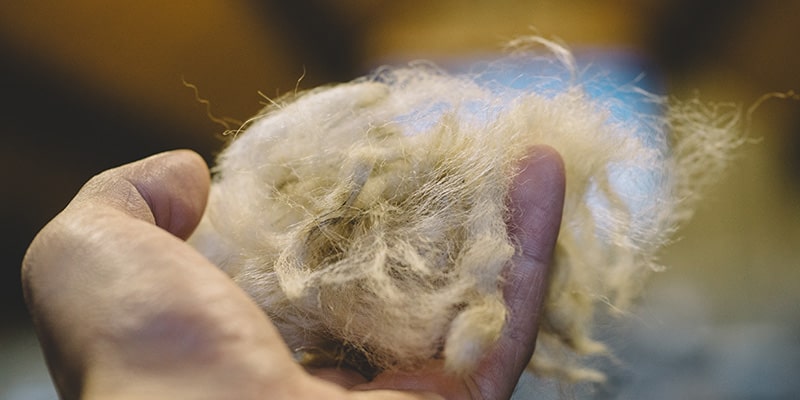
A notable benefit of using this wool for insulation is that it gives purpose to sheep that would otherwise not be considered useful for wool production. For example, wool from black sheep is usually undesired by the fashion industry as it can’t be dyed as easily, making its use as insulation an excellent alternative.
Despite some contrary claims, the shearing of sheep is practically harmless for the animal itself. In fact, life would be much harder for domesticated sheep if they weren’t sheared as sheep’s wool continues to grow and grow even if it means the sheep loses the ability to move and feed properly.
With all this in mind, it is little wonder that sheep’s wool insulation is growing in popularity across the country, but it can’t be ignored that it can be troublesome dealing with it if you have a lot of it left over once you have completed your insulation project, so carry on reading to get some ideas of how best to make the most of it.
Heating Your Heater
Water heaters tend to be quite prone to losing heat when the water is left standing, often resulting in less hot water when you actually get around to needing it. This is impossible to prevent completely without investing in a modern heater with more efficient heat retention tech.
A cheaper solution is to use sheep’s wool. Covering up your heater with leftover cuts of sheep’s wool insulation will help to keep heat within the heater and decrease the amount of heat that escapes. You can simply wrap the cut-off pieces of wool around the heater and seal them with duct tape, though ensure you produce holes for the control panels.
Be sure to check with the provider of your heater that this is safe to do – while in most cases it will be, some heaters are not designed to support such additions, or your heater may be too worn out to handle the extra (albeit relatively minor) weight increase.

Heating Your Pipes
As well as your heaters, there’s a good chance your pipework will also benefit from some additional insulation. You can do this in a similar manner to how you insulate a heater, using lengths of leftover insulation around your pipes and securing said insulation with duct tape or a similarly strong adhesive.
Again, it is a good idea to check that your pipes are suitable for this sort of addition before going ahead. You’ll also want to double-check that your pipes are completely free of any damp or leaks. Keep in mind that wet insulation can become unusable.
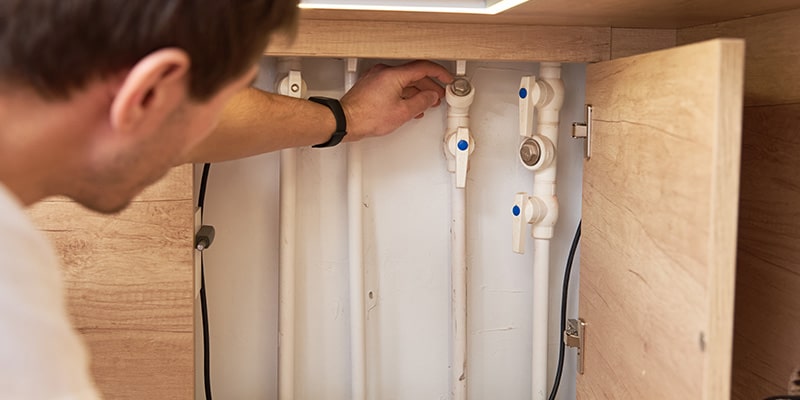
Insulation for Your Pets
Do you own a dog kennel? Perhaps you’re planning on building one, or you are thinking of constructing a makeshift cushion or pillow for your pet. Using sheep’s wool in any of these is a great way to keep them comfortable – perfect for those colder months.
When fitting insulation in a kennel, remember to seal it away within hollow walls behind wooden boards. This will prevent your pets from getting at the insulation and damaging it, or the insulation eroding away or getting ruined quicker due to increased exposure to the elements.
This is a project where it’s important to ensure that you are using natural wool insulation as opposed to rock wool insulation. This is because dogs and cats, while fine in close proximity to natural wool (with the exception of allergies) can suffer respiratory issues when confronted with mineral wool.
Insulating Your Loft Door
Heat rises, which means that a huge amount of the heat we generate from our radiators, boilers, and heaters will be lost through the ceiling and loft. Most lofts will be well-insulated to combat this, though there is one spot that you don’t want to miss. Your loft door.
Not only can heat escape through the edges of the door, but they are usually quite thin, making it easier for heat to travel through. Padding out the edges and the overall thickness of your door with insulation will help to reduce the rate at which heat can escape.
Insulating Your Bath
A bath is supposed to help you relax, but so often the water cools down far quicker than we would like. In the right circumstances, however, you may find that insulation can help you out. If your bath utilises a casing of some sort – an outer layer that surrounds the tub, then you may be able to fill the space between the outer casing and the tub itself with insulation, making your bath more efficient at conserving heat.
These are by no means the only ways you can use your leftover insulation, but they are some of the most popular. This a great way to improve energy efficiency, as well as contribute to decreasing your overall energy bill. While most wool insulation is not designed for these jobs, it can perform extremely well under the right circumstances.
We have a wide range of natural wool insulation rolls and accessories in stock, with varying options to choose from including dimensions, pricing, additional features such as noise reduction, and more.
If you have any more questions on insulation, please feel free to contact our award-winning customer service team by phone at 01295 565 565 or using our handy live chat below. We’ll be happy to help.

